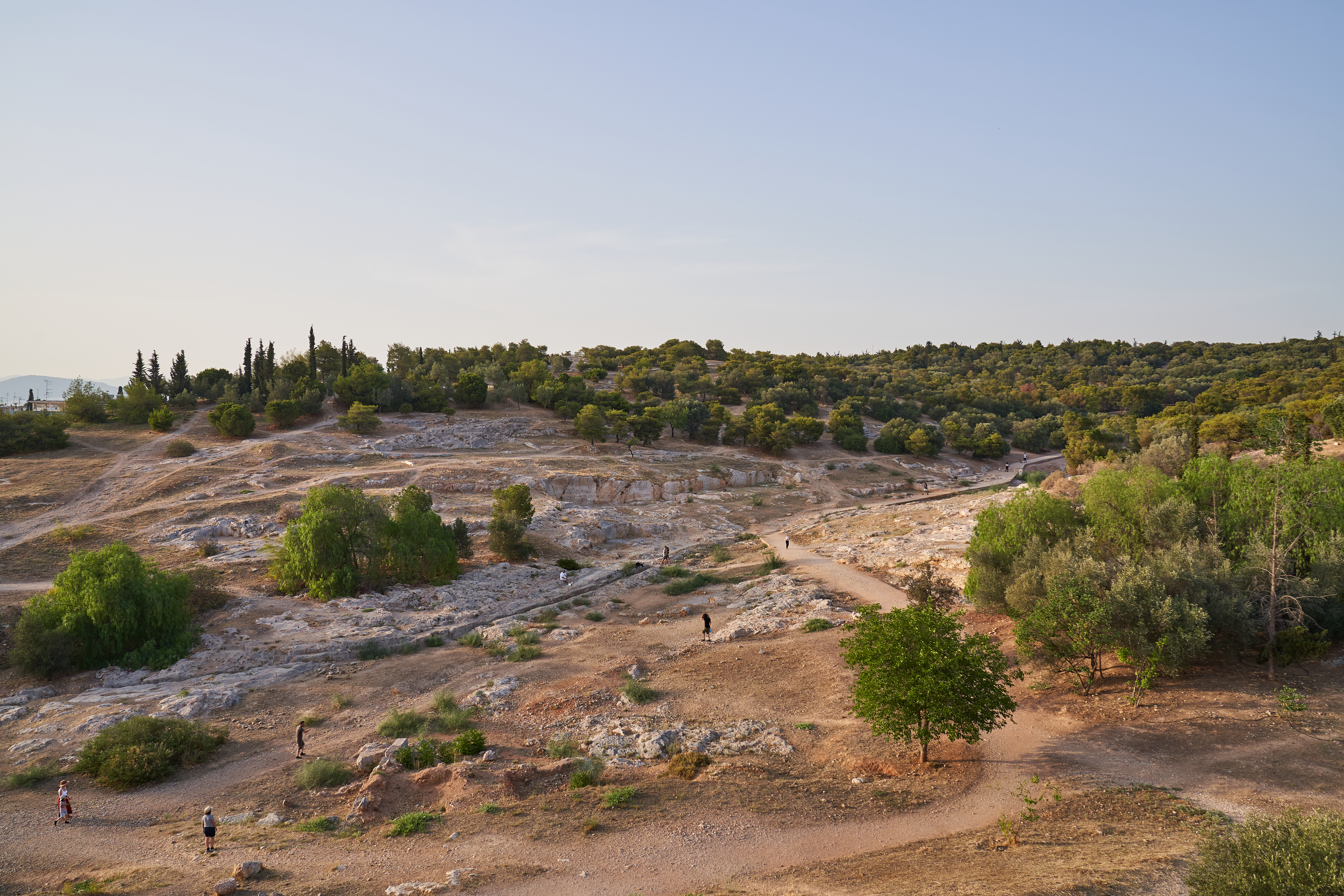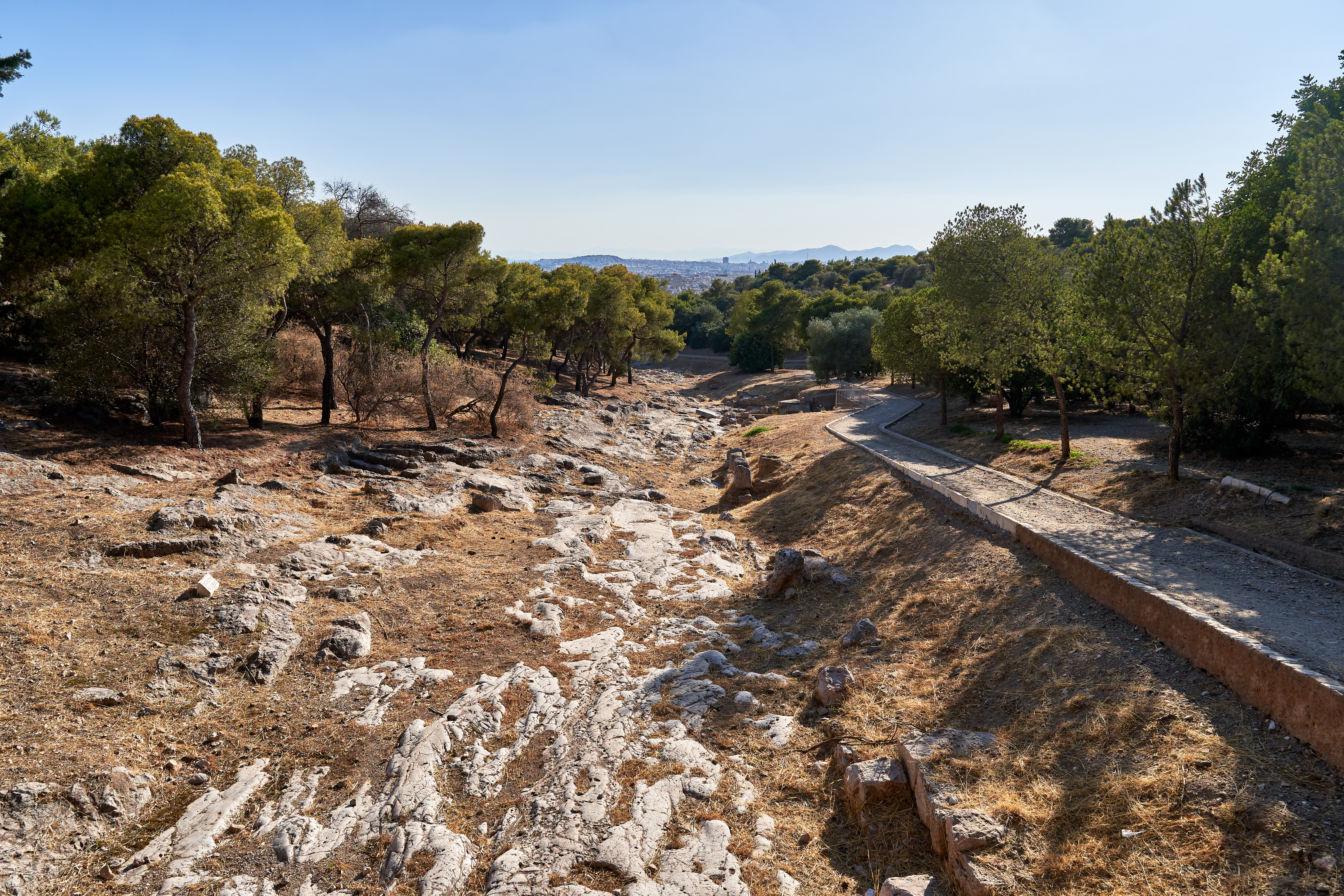Coele on:
[Wikipedia]
[Google]
[Amazon]

 Coele or Koile ( grc, Κοίλη or Κοιλή) was a
Coele or Koile ( grc, Κοίλη or Κοιλή) was a

 Coele or Koile ( grc, Κοίλη or Κοιλή) was a
Coele or Koile ( grc, Κοίλη or Κοιλή) was a deme
In Ancient Greece, a deme or ( grc, δῆμος, plural: demoi, δημοι) was a suburb or a subdivision of Athens and other city-states. Demes as simple subdivisions of land in the countryside seem to have existed in the 6th century BC and ear ...
of ancient Attica, originally of the ''phyle
''Phyle'' ( gr, φυλή, phulē, "tribe, clan"; pl. ''phylai'', φυλαί; derived from ancient Greek φύεσθαι "to descend, to originate") is an ancient Greek term for tribe or clan. Members of the same ''phyle'' were known as ''symphylet ...
'' of Hippothontis
''Phyle'' ( gr, φυλή, phulē, "tribe, clan"; pl. ''phylai'', φυλαί; derived from ancient Greek φύεσθαι "to descend, to originate") is an ancient Greek term for tribe or clan. Members of the same ''phyle'' were known as ''symphylet ...
, and between 307/6 BCE and 201/200 BCE of , sending three delegates to the Boule. It was located partially inside and partially outside the Themistoclean Wall
The Themistoclean Wall ( el, Θεμιστόκλειον τείχος), named after the Athenian statesman Themistocles, was built in Athens, Greece during the 5th century BC as a result of the Persian Wars and in the hopes of defending against f ...
.
The most important monuments were the tomb of Cimon Coalemos
Cimon Coalemos (ancient Greek Κίμων Κοάλεμος, ''Kìmon Koàlemos''), was a renowned ancient Olympic chariot-racer of the 6th century BC.
Biography
Cimon, called "Coalemos" (ancient Greek Κοάλεμος, ''Koàlemos'', "booby"),Pl ...
(together with his horses, winners of the Olympics
The modern Olympic Games or Olympics (french: link=no, Jeux olympiques) are the leading international sporting events featuring summer and winter sports competitions in which thousands of athletes from around the world participate in a var ...
) and of the historian Thucydides
Thucydides (; grc, , }; BC) was an Athenian historian and general. His ''History of the Peloponnesian War'' recounts the fifth-century BC war between Sparta and Athens until the year 411 BC. Thucydides has been dubbed the father of "scientifi ...
. Following these sources, many historians thought that the deme was, at least in part, outside the city walls, since Cicero
Marcus Tullius Cicero ( ; ; 3 January 106 BC – 7 December 43 BC) was a Roman statesman, lawyer, scholar, philosopher, and academic skeptic, who tried to uphold optimate principles during the political crises that led to the estab ...
had written that it was illegal to bury the dead inside the walls. However, archaeological discoveries have shown that only a small part of the deme, that containing the tombs, developed outside the walls.
The deme had its own agora
The agora (; grc, ἀγορά, romanized: ', meaning "market" in Modern Greek) was a central public space in ancient Greek city-states. It is the best representation of a city-state's response to accommodate the social and political order of t ...
. In the Hellenistic period
In Classical antiquity, the Hellenistic period covers the time in Mediterranean history after Classical Greece, between the death of Alexander the Great in 323 BC and the emergence of the Roman Empire, as signified by the Battle of Actium in 3 ...
a wall was built to reinforce the defenses of the city through the deme, which was abandoned and used, in Roman
Roman or Romans most often refers to:
*Rome, the capital city of Italy
*Ancient Rome, Roman civilization from 8th century BC to 5th century AD
*Roman people, the people of ancient Rome
*''Epistle to the Romans'', shortened to ''Romans'', a letter ...
times, as a cemetery.
The site of Coele is in southwest of the Pnyx
The Pnyx (; grc, Πνύξ ; ell, Πνύκα, ''Pnyka'') is a hill in central Athens, the capital of Greece. Beginning as early as 507 BC ( Fifth-century Athens), the Athenians gathered on the Pnyx to host their popular assemblies, thus making ...
.
References
External link
Populated places in ancient Attica Former populated places in Greece Demoi {{AncientAttica-geo-stub